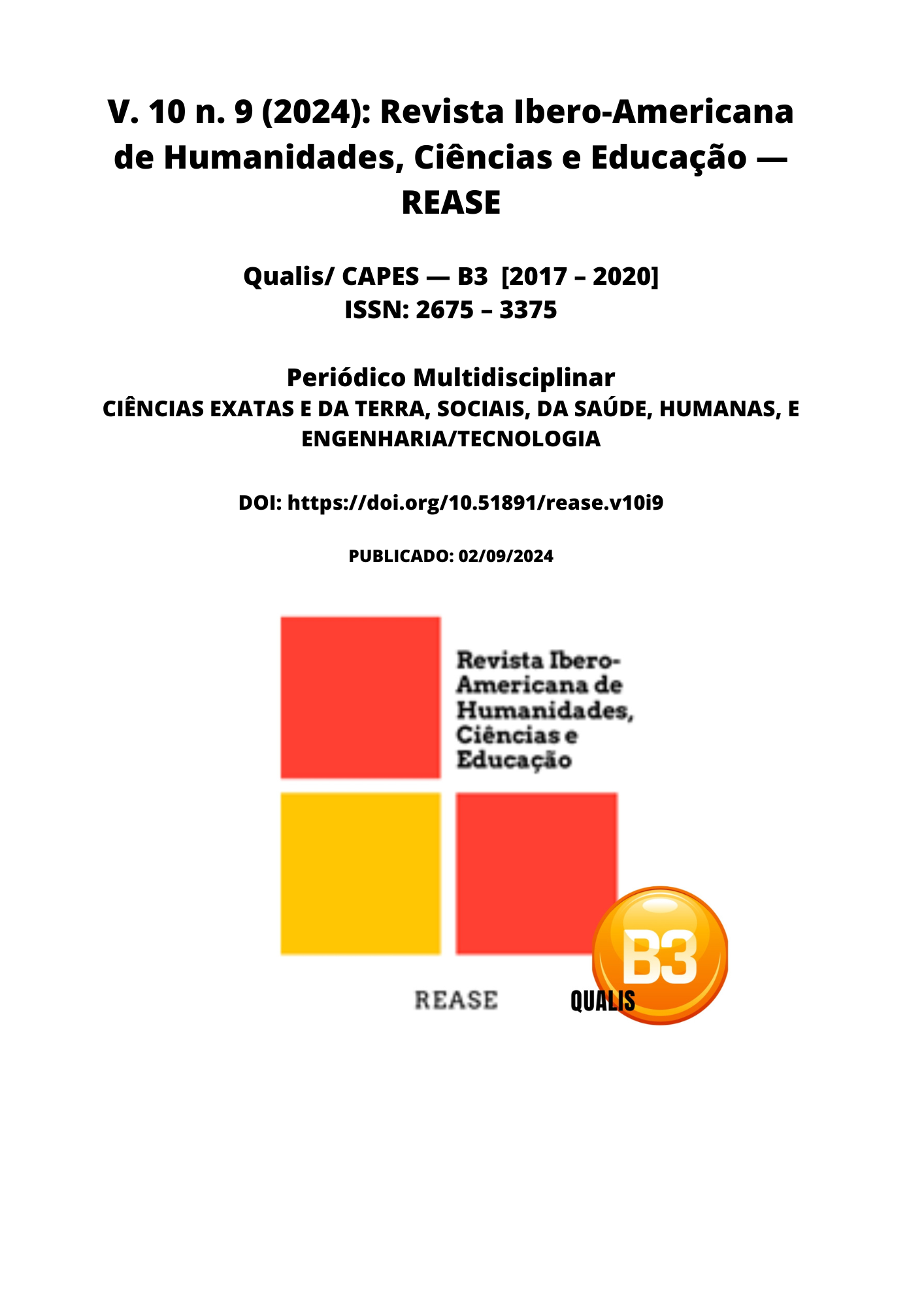NURSING EDUCATION AND TRAINING FOR MANAGEMENT OF PUBLIC HEALTH CRISES
DOI:
https://doi.org/10.51891/rease.v10i9.15498Keywords:
Continuing education. Nurses. Challenges and public health emergencies.Abstract
Continuing Education in Nursing plays a fundamental role in preparing health professionals to face the complex challenges of the contemporary clinical environment. This work proposes to investigate the main challenges faced in the implementation of continuous training programs for nurses, as well as to explore effective strategies to enhance the training of these professionals in preparation for future public health emergencies. The study seeks to identify the main barriers that prevent active participation of nurses in continuing education programs and examine how such obstacles can be overcome. One of the objectives of this study is to critically analyze the existing literature on the challenges and strategies related to continuing education in nursing. It also intends to explore the perception of nurses regarding the barriers faced in participating in continuous training programs and examine their opinions on possible solutions to overcome such challenges. In addition, it seeks to provide practical recommendations to enhance the training of nurses and promote a culture of continuous learning in the profession.
Keywords: Continuing education; nurses; challenges and public health emergencies
Downloads
Downloads
Published
How to Cite
Issue
Section
Categories
License
Atribuição CC BY

